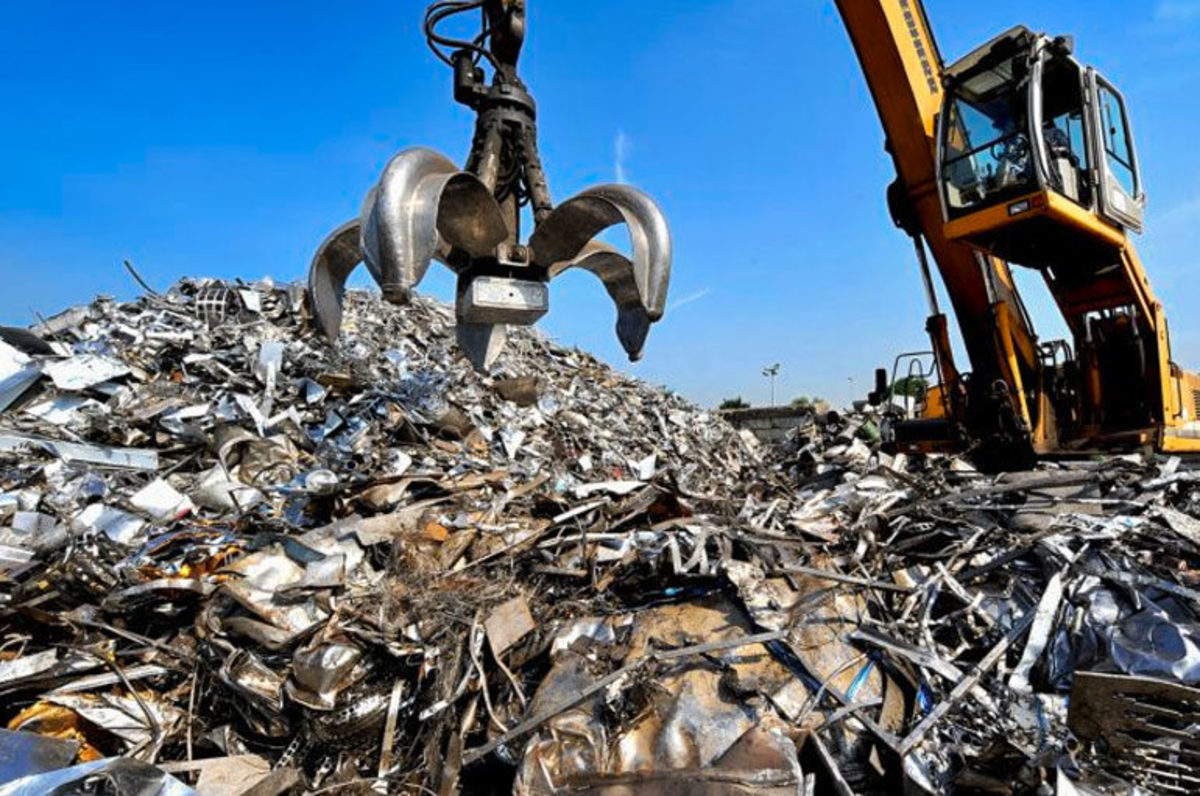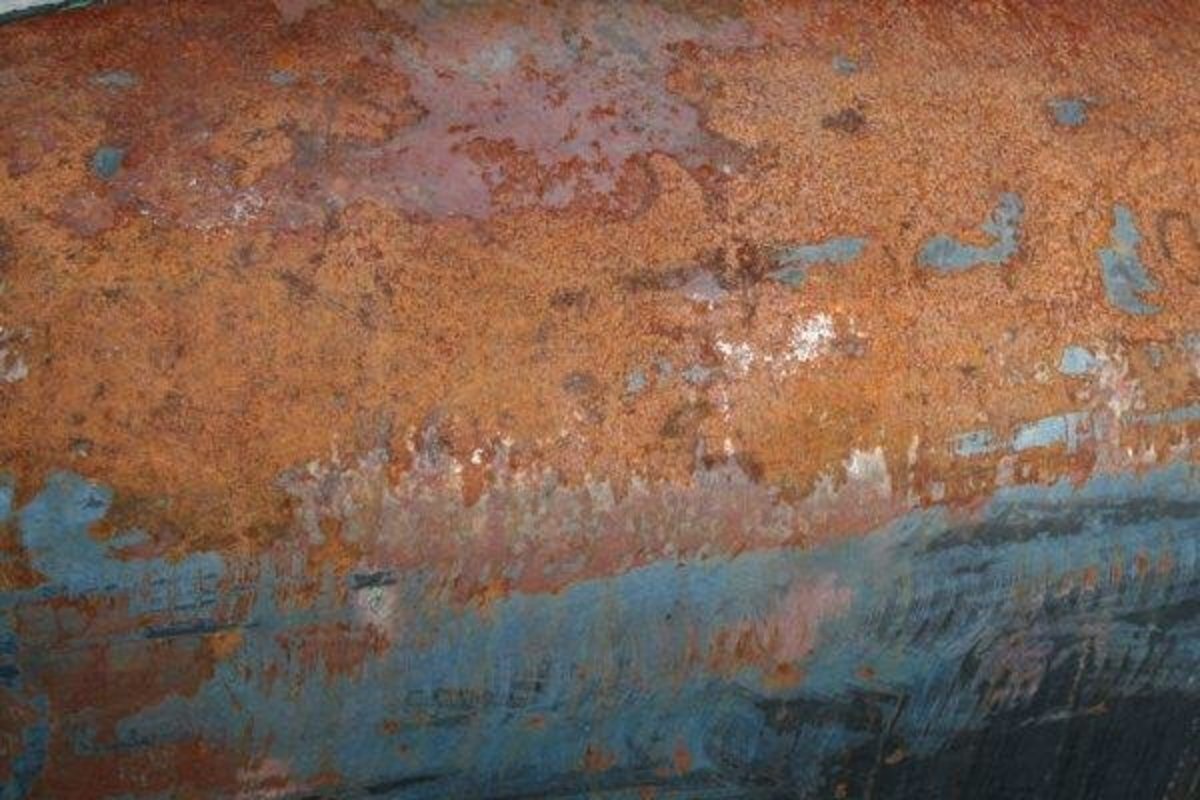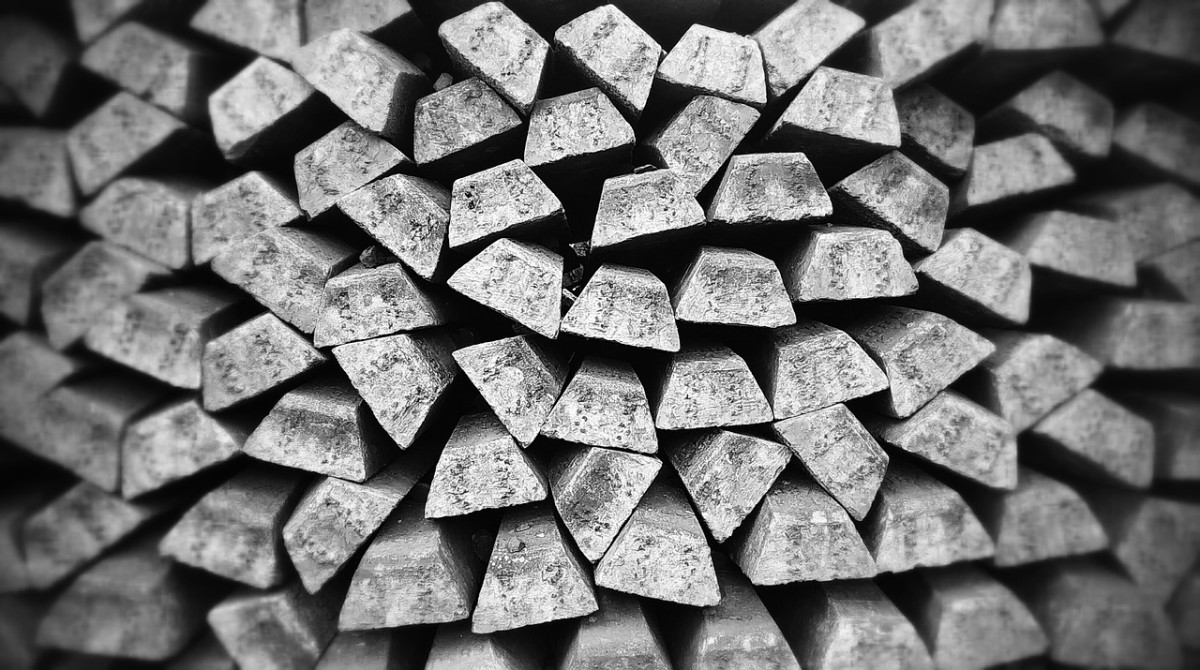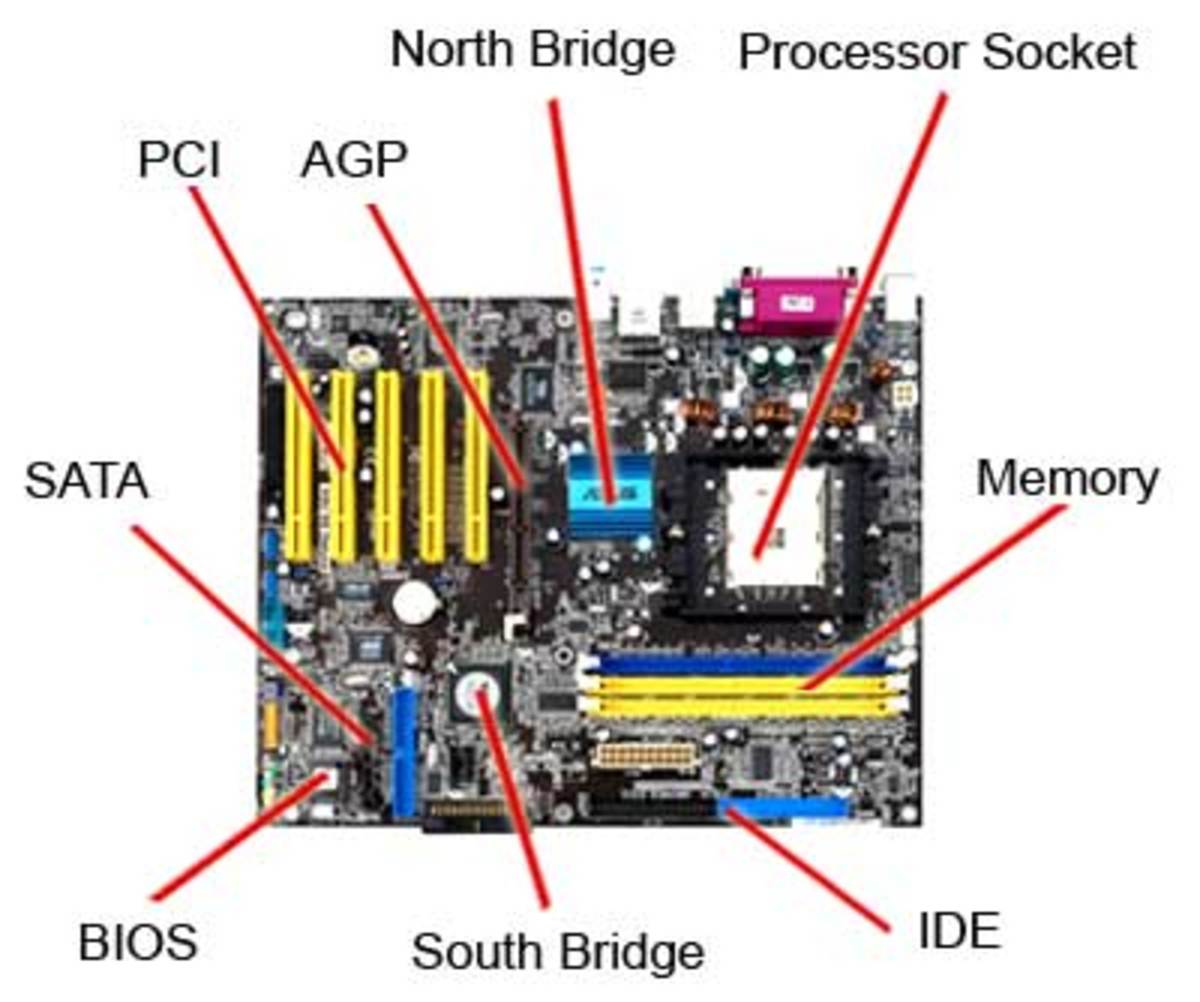What is a Electrical Conductor?
Materials that permit the free motion of electrons are called conductors. Copper wire is considered a good conductor because it has many free electrons. The atoms of copper are held in place by the structure that copper forms when it is a solid. The electrons in the outer orbit of the copper atom are not very strongly bound and can be readily freed from the atom.
Electrical energy is transferred through conductors by means of the movement of free electrons that migrate from atom to atom inside the conductor. Each electron moves a very short distance to a neighboring atom where it replaces one or more of its electrons by forcing them out of its outer orbit. The replaced electrons repeat the process in other nearby atoms until the movement of electrons has been transmitted throughout the entire conductor. The more electrons that can be made to move in a material for a given applied force, the better conductor you have. Silver is the best conductor but we usually use copper, the next best, because it is cheaper. Recently, we have begun to use aluminum; when properly used it is almost as good a conductor as copper but has become much cheaper. Zinc, brass, and iron come next. In fact, most common metals are relatively good conductors. Salt water and similar solutions of salts or acids are also good conductors of electricity. Carbon is a good conductor, too.
When you have learned more about electricity, you will learn how important it is to choose the right conductor of the right size to do a particular job. You will also learn that certain metals and alloys (mixtures of metals) are only fair conductors, although these materials are very useful, too.
When some metals are cooled to about —270 degrees Celsius (centigrade scale), they exhibit superconductivity. Under such conditions, these metals have essentially no resistance to the flow of electrons. Practical use is being made of superconductivity in cryogenic (supercold) electric motors and in strong electromagnets used in nuclear fusion work.








